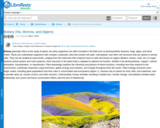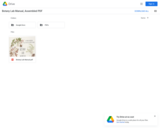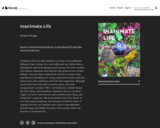
Botany generally refers to the study of plants, but other organisms are often included in the field such as photosynthetic bacteria, fungi, algae, and slime molds. Plants are multicellular organisms with complex, eukaryotic cells that contain cell walls, chloroplasts, and other cell structures that are absent in animal cells. They can be studied at many levels, ranging from the molecules that comprise them to cells and tissues to organs (flowers, leaves, roots, etc.) to organ systems (shoot system and roots systems). Each structure in the plant body is adapted to optimize its function, whether it be photosynthesis, support, nutrient absorption, transportation, or reproduction. Plant physiology explores the chemistry and physics of these functions, including how they respond to the environment, coordinate responses using hormones, gather energy and nutrients, and change throughout their life cycles. Plant ecology examines even larger scales, including plant populations and their roles in communities and ecosystems. Humans rely on plants for food, fiber, and medicines, and to provide clean air, erosion control, and other services. Unfortunately, human activities resulting in habitat loss, climate change, and pollution threaten plant biodiversity, but current and future conservation efforts slow the loss of biodiversity.
- Subject:
- Biology
- Life Science
- Material Type:
- Textbook
- Provider:
- Academic Senate of California Community Colleges
- Provider Set:
- OER Initiative
- Author:
- Kammy Algiers
- Maria Morrow
- Melissa Ha
- Date Added:
- 12/13/2022

